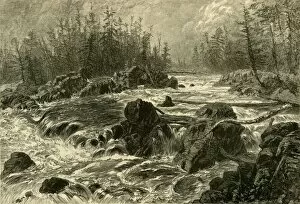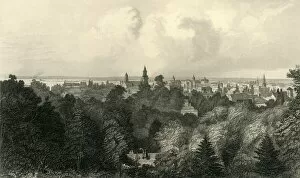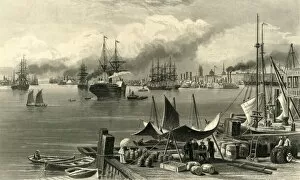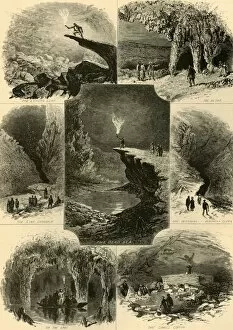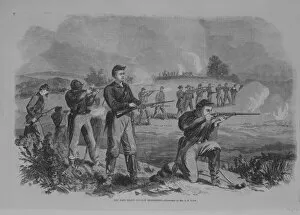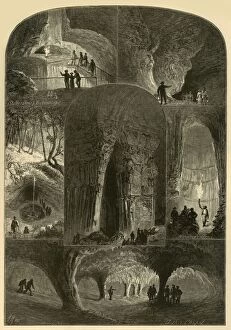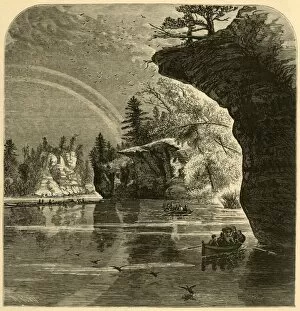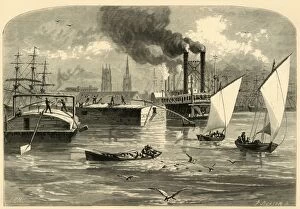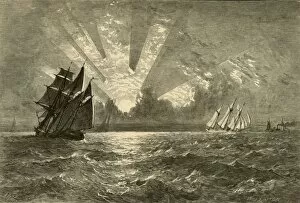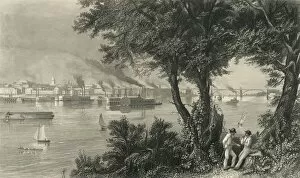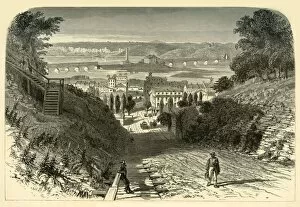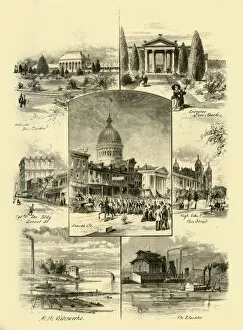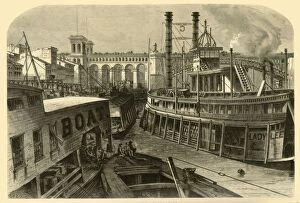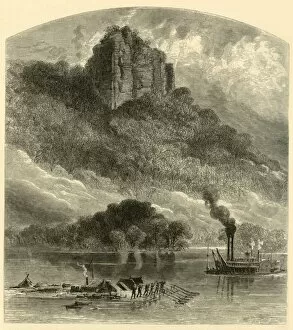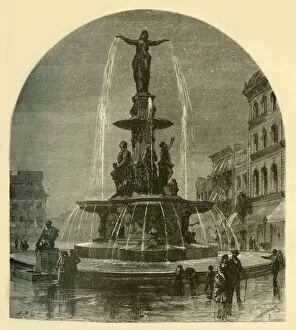"Alfred R: Capturing the Beauty of America's Landscapes in the 19th Century" Step back in time and explore the stunning landscapes of America through the lens of Alfred R. With his keen eye for detail and artistic talent, Alfred R captured some of the most breathtaking scenes during a transformative era in American history. In 1874, he ventured to The Dalles of St. Louis, where he immortalized this natural wonder with its towering cliffs and cascading waters. The sheer grandeur of this scene is evident in every brushstroke, transporting viewers to a place untouched by time. Another masterpiece from that year was Cleopatra's Needle at Devils Lake, Wisconsin. Alfred R skillfully depicted this majestic rock formation rising from the tranquil waters, showcasing nature's ability to create awe-inspiring wonders. Moving on to urban landscapes, we find ourselves immersed in the bustling City of Milwaukee as envisioned by Robert Hinshelwood. Through Alfred R's lens, we witness a city alive with activity - steamboats traversing its waterways and people going about their daily lives amidst impressive architecture. Traveling further south to New Orleans in 1872, we are greeted with a vibrant depiction by DG Thompson. In this artwork by Alfred R. , one can almost hear jazz melodies floating through the air as horse-drawn carriages traverse cobblestone streets lined with colorful buildings. But it wasn't just cities that captivated Alfred R; he also had an eye for capturing historical moments like The First Maine Cavalry Skirmishing during the Civil War. Through his artistry, he brings us face-to-face with soldiers engaged in battle – a poignant reminder of our nation's past struggles. Venturing into natural wonders once again, Cypress-Swamp transports us deep into Louisiana's bayous where Spanish moss drapes over ancient trees creating an ethereal atmosphere captured beautifully by J. G Smithwick under Alfred R’s guidance.

